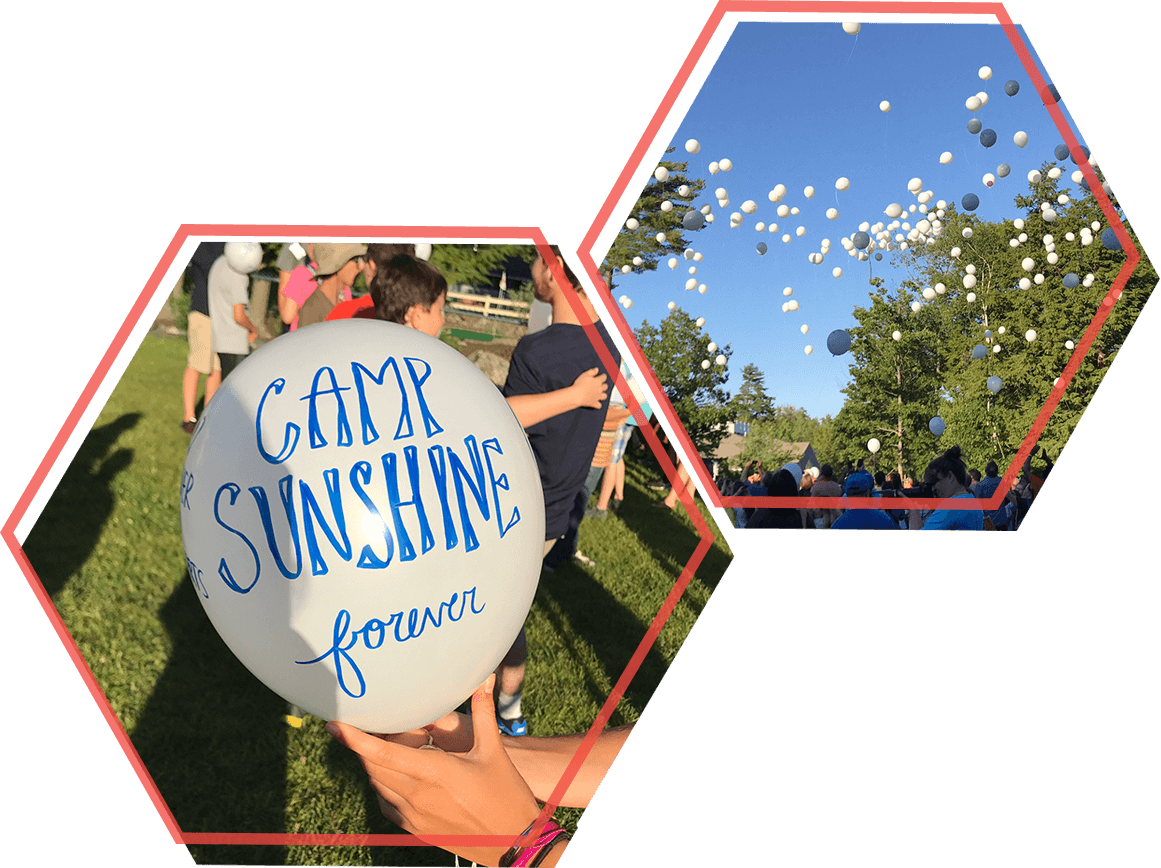Patients & Caregivers:
Fanconi Anemia (FA) Resources

Fanconi Anemia (FA) is a rare DNA repair disorder characterized by bone marrow failure (BMF), cancer predisposition, and congenital malformations. Patients with FA have a decreased number of red blood cells, white blood cells, and platelets leading to anemia, frequent infections, and excessive bleeding. As a result, FA patients may develop bone marrow failure (very low blood counts), cancers of the blood or other cancers. Currently, donor-mediated bone marrow transplants are the most frequently utilized therapy for FA.
Approximately two-thirds of FA cases are caused by genetic defects in the FANCA gene, which results in the FA subtype known as FA Complementation Group A (FA-A).
RP-L102 is an investigational gene therapy product containing autologous or patient-derived hematopoietic stem cells (HSCs) that have been modified with a lentiviral vector to contain a functional copy of the gene responsible for FA-A, FANCA. RP-L102 has the potential to correct bone marrow cells and stabilize blood counts, avoiding progression to severe bone marrow failure.
For additional resources and more information, check out:
If your group would like to be included in our list of patient resources, please reach out to us at
patients@nullrocketpharma.com.
